Women have always been helping usher humanity into a better life since the dawn of time. Even in the past when technology was still in its infancy, women inventors helped lead the charge for us to have the things we normally take for granted today.
However, there are also women in modern times (1946-present) that helped humanity advance technology further.
Here are some of those women inventors that helped make the world a better place through their inventions:
Grace Hopper - First Computer Compiler
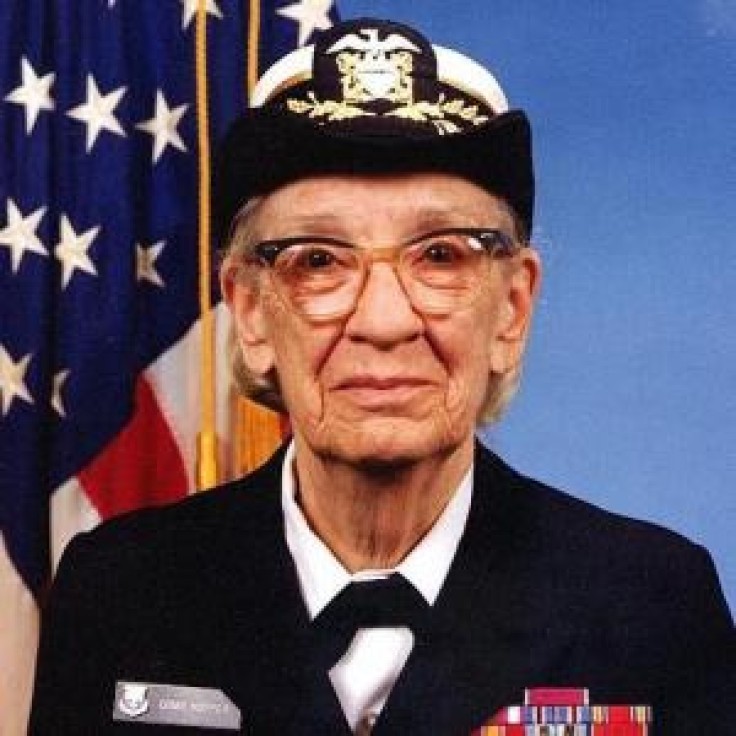
Grace Murray Hopper, was an American mathematician, and rear admiral in the US Navy born in Dec. 1906 in New York City, per the National Women's History Museum. She had an interest in engineering at a young age - a trait she carried well into her academic life to become a doctor and professor of mathematics at Vassar College and in the US Navy as a Lieutenant and a member of Harvard's Bureau of Ordnance Computation Project.
People may know that Hopper, along with Howard Aiken, designed Harvard's Mark 1 computer, the first fully functional computer in the world at the time, per the Encyclopedia Britannica. However, what many didn't know is that Hopper was the inventor of the compiler that translated written language into computer code and even coined the term "bug" and "debugging."
Ann Tsukamoto - Stem Cell Isolation
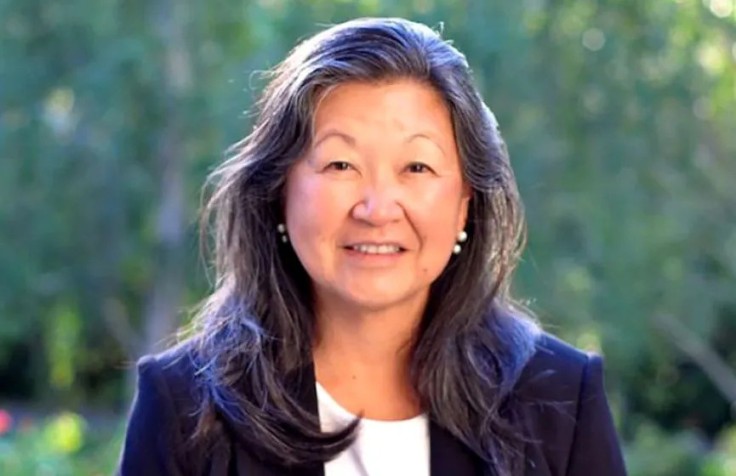
Ann Tsukamoto may not be a familiar name to many people, but her invention, despite being abstract, does the talking for her. Born in the summer of 1952 in California, she attended the University of California San Diego and received her undergraduate degree there, per Novax Network. She then continued her studies at the University of California Los Angeles to become a doctor in immunology and microbiology/
It was thanks to her education that she focused on researching stem cells and formed a team that would later find a way to isolate blood-forming stem cells in 1991, saving many lives back then, now, and in the future, per St. Mary's College.
According to The Inventors, understanding how stem cells grow or how they might be artificially reproduced is vital to cancer research as they serve as the foundation for the growth of red and white blood cells.
Marion Donovan - Modern Diapers
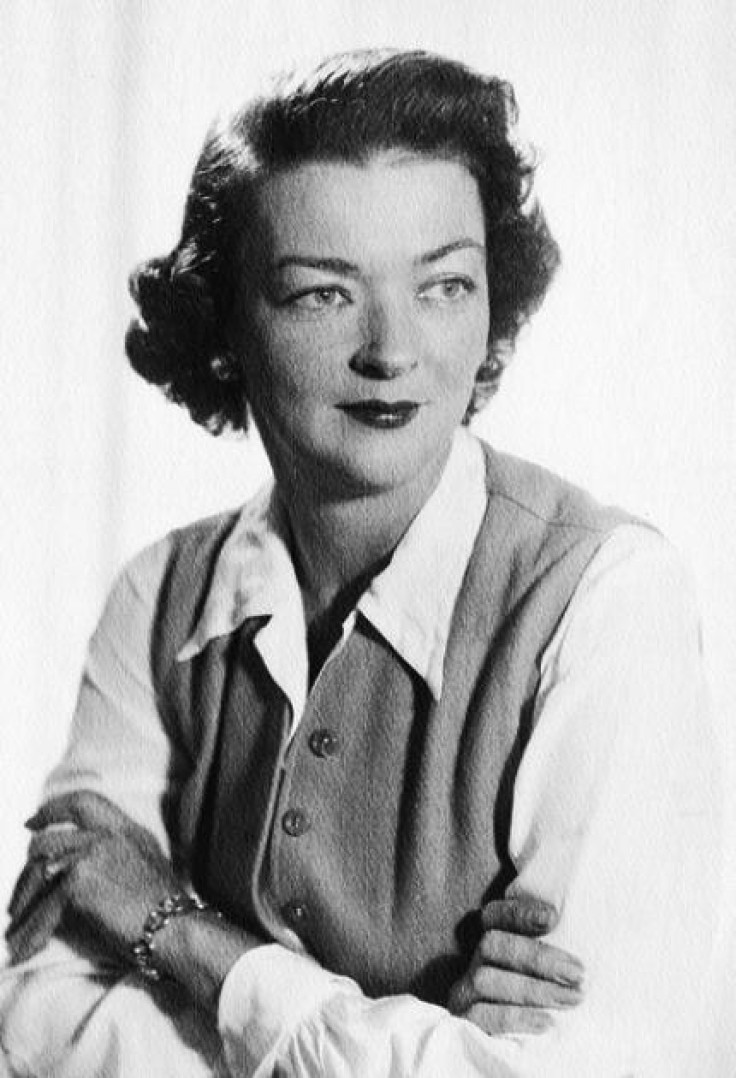
Do you remember those cartoons that have toddlers wearing cloth diapers with safety pins keeping them together? believe it or not, that's what moms would do to keep their babies' refuse from making a mess whenever they have to go. Unfortunately, cloth diapers aren't the easiest to put on and clean, especially when it's all dirty.
Thankfully, a mother that doubles as an inventor can up with the diapers we grew up with.
Marion Donovan, birth name Marion O'Brien, doesn't look like your typical inventor. According to the Massachusetts Insitute of Technology, she finished undergrad with a BA in English Literature and worked as Assistant Beauty Editor at Vogue Magazine despite being surrounded by machinery and automobile gears during her childhood.
However, being a mother brought the family's innate sense of inventiveness out of her to solve the problem that is keeping cloth diapers from leaking and being soiled too many times as possible.
She then came up with creating a diaper made from pieces of her shower curtain sewn into a waterproof diaper cover with snaps instead of safety pins. This prototype led her to make a diaper from breathable parachute cloth and an absorbent diaper panel to create the basis of the diaper we know today, per the Smithsonian Magazine.
Stephanie Kwolek - Kevlar
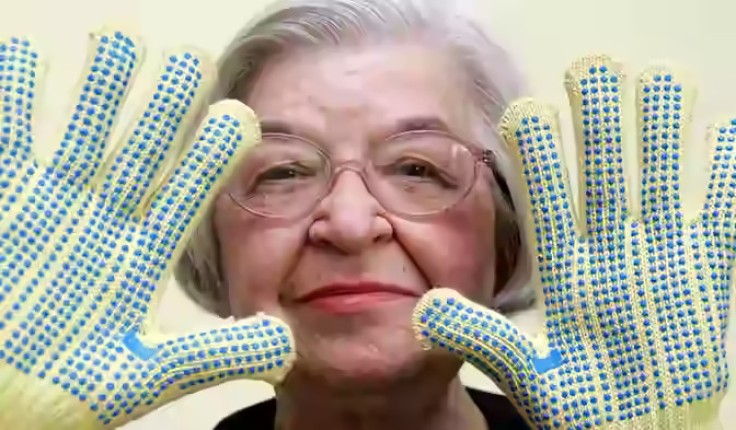
Kevlar - has saved many a life be it from the military, police, private security, or your average gamer. This super-strong plastic (simply put) may be strong, but it's light enough to be woven into clothing and other items, providing them a strong protective barrier against slashes, cuts, and punctures, per DuPont.
However, kevlar wouldn't have been discovered without the efforts of one Stephanie Kwolek, whose mind led to the creation of Kevlar.
Kwolek was born in New Kensington, Pennsylvania in 1923 and inherited a love of fabrics and sewing from her mother, though she later became interested in chemistry and medicine in her later years, per Science History.
During her 40s, DuPont asked her to find the next generation of fibers that can perform in extreme conditions. It took quite a lot of effort until she unexpectedly discovered a solution that could be spun directly into oriented fibers of very high strength and stiffness - the basis of Kevlar.
Maria Telkes - Solar Heating System
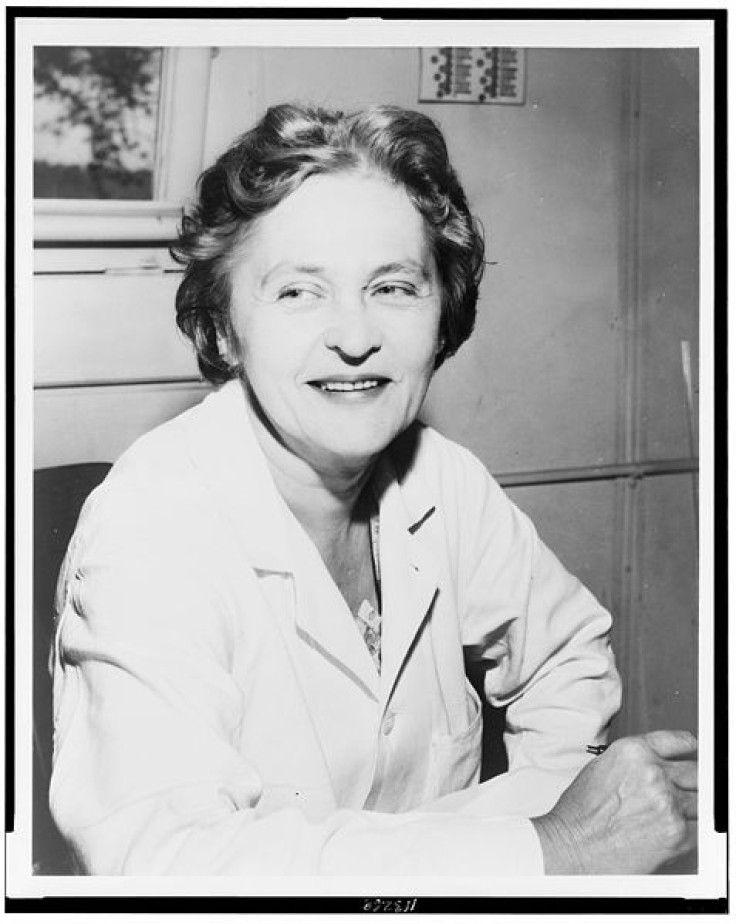
Having solar power may sound swank, but knowing what to do with that power is something that would be impossible to do without Maria Telkes.
Telkes was born in Budapest, Hungary in December 1900 and studied physical chemistry for her undergrad studies and physical chemistry for her doctorate degree at the city's university, per Al Jazeera and Ecyclopedia.com.
During her early years, she expressed a fascination with capturing energy from the sun - an idea she kept close to her heart since she was a high school student. During World War 2, the US government asked Telkes to create a portable method of converting salt water to clean drinking water, and Telkes made one that uses the sun's heat to vaporize salt water - the first solar still.
She then researched and designed a new solar heating system that converts solar heat into chemical energy through the crystallization of sodium sulfate located inside the walls of the house, producing efficient and cost-effective heat for the entire house to keep it warm even during the cold Massachusetts winter.









